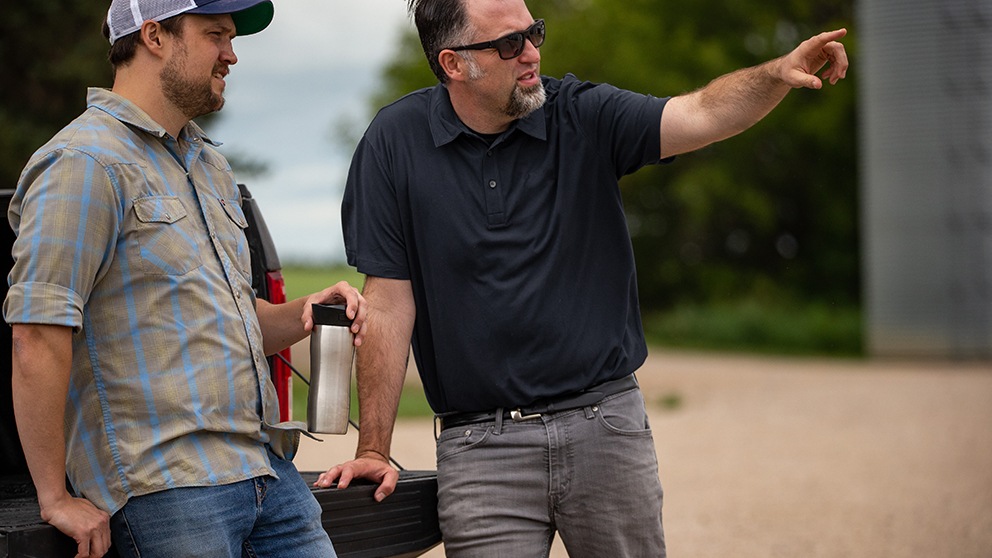How to develop a successful farm vision

Successful farmers know a farm vision provides focus and helps guide daily decisions. Creating the vision to propel a farm forward takes some time and thought, but experts say it’s well worth it.
Start with a meeting
Michelle Painchaud, president and CEO of the consulting firm Painchaud Performance Group, says creating a successful farm vision starts with the senior management team having a two-to-three-hour vision meeting to start the dialogue. Then, Painchaud suggests bringing the vision to everyone else on the farm, including staff, can be extremely beneficial.
Explain to staff that the vision is what management is thinking of for the operation in the next two to three years. Ask for feedback and suggestions on how to make the vision happen, she says.
"People feel valued and appreciate when they are asked to be involved in creating a vision," Painchaud says.
While it was the senior management team at Manitoba’s Kroeker Farms who worked on its farm vision, CEO Wayne Rempel says employees are involved in other areas of the strategic plan that drive the vision.
"We involve almost every employee in some way with team meetings to look at what we're doing well, what can be improved and what they can do that’s better," Rempel says. "They are the ones on the ground, so they know what’s happening that has an impact on the day-to-day."
Where to start
Painchaud says start creating a vision by asking the following:
Where are we today?
What is working?
What isn’t working?
Where do we want to be in three years?
Then create the strategy by developing goals and actions as they relate to the answers. The goals and actions need to be specific with accountability and timelines Painchaud says, recommending SMART goals: specific, measurable, actionable, realistic and timed.
Not being specific enough, not having timelines, not having a specific person accountable for specific goals and actions and lack of follow-up and monitoring are the main pitfalls to avoid when developing a farm vision, she says.
Keep it clear and short
Painchaud notes clarity is also critical to the success of a vision. Many create a vision but lose sight of it when everyday issues arise.
“Clear visions help businesses make better decisions," she says.
Rempel says a short vision also helps with clarity.
“If you don’t remember it, it won’t make a difference,” says Rempel, adding it should also be authentic to reflect who you are.
Track it
Painchaud says lack of tracking is a common snag farms make after developing their vision.
Hold monthly senior management strategy meetings to review what was talked about in creation of the vision and what needs to be done for its creation. She cautions against incorporating the vision discussion into another meeting, as tracking can get lost in the day-to-day issues. Keep it separate and short - about half an hour.
Bottom line
A successful farm vision should be clear, memorable and authentic. Taking the right steps, such as assessing goals, to develop the vision is important, as is monitoring progress on a regular basis.
Article by: Trudy Kelly Forsythe

Seeking a second opinion can be a prudent on-farm decision-making measure, but beware being engulfed by a tidal wave of viewpoints.
